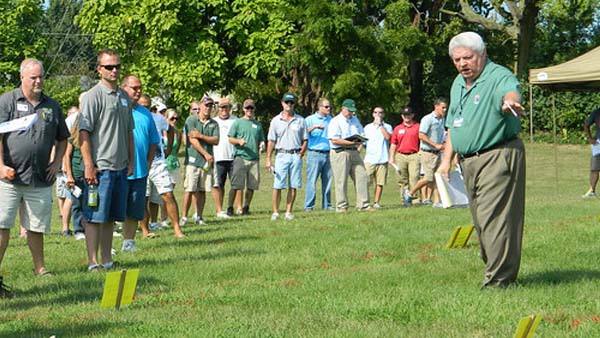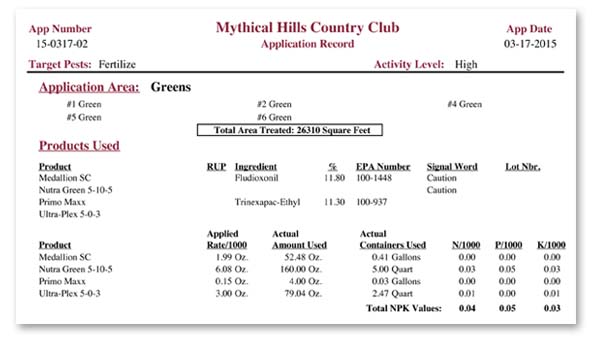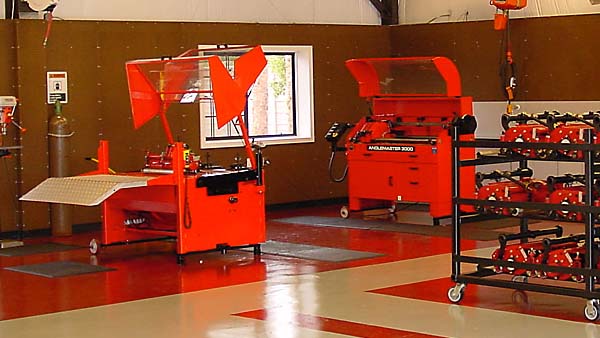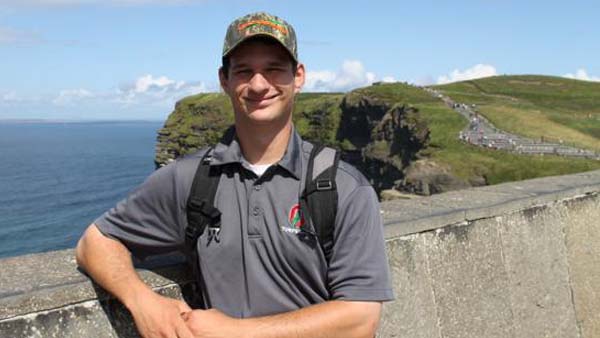
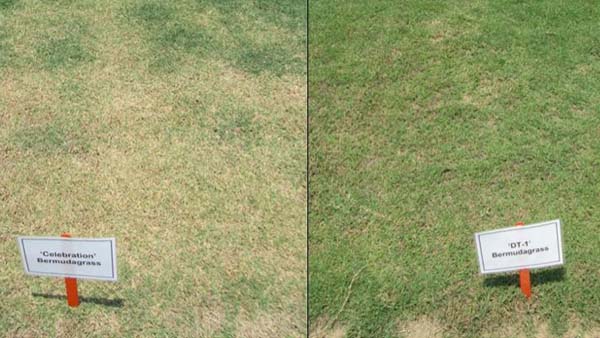
In development since 1993, TifTuf Bermudagrass emerged from a pool of more than 27,000 potential cultivars to finally reach the market because of its ability stand up to drought-like conditions. Developed by a group led by Wayne Hanna, Ph.D., and Brian Schwartz, Ph.D., TifTuf is now available through The Turfgrass Group of Monroe, Georgia. TifTuf began to emerge from a crowded field during Georgia's recent drought years. While other varieties under development were turning brown in the field, the variety that became known as TifTuf remained green, Schwartz said. TifTuf went by the name DT-1 during testing. "After three more years of field research in two different soil types, we found evidence that TifTuf was using less water than Tifway 419 and TifSport," Schwartz said. "This was exciting because initially we believed it might just have a deeper root system capable of extracting more water. But instead, it seems that it's just using less of the available resources." Some of the traits exhibited by TifTuf include: > TifTuf used 38 percent less water than Tifway during a 2011 drought trial; > TifTuf generally exhibited superior turfgrass performance than many other cultivars (including Tifway, Celebration and Princess-77) when subjected to short- and long-term periods of drought in multiple locations; > faster Green Up than many other Bermuda varieties. TifTuf is available now for sod production license with limited foundation material ready for planting this summer.
- Read more...
- 6,581 views



